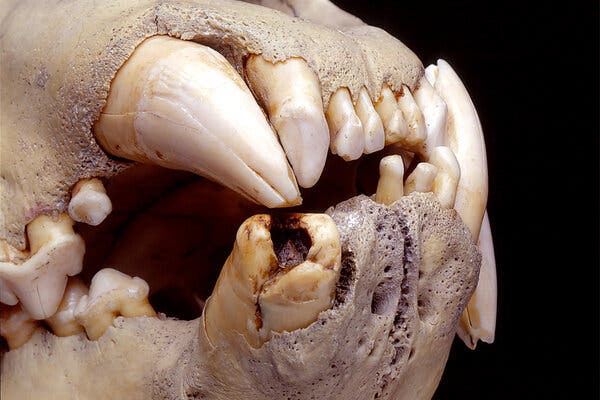Trilobites
The Tsavo man-eaters terrorized railroad workers in British East Africa in the 19th century, but their tastes went well beyond human flesh.

In British East Africa in 1898, two lions living along the Tsavo River were hungry.
This was bad news for the workers building a railroad there. They would retreat to their tents at night and, come morning, some of the men would be missing, the latest victims of big cats that had a hankering for human meat.
“Bones, flesh, skin and blood, they devoured all, and left not a trace behind them,” wrote Lt. Col. John Henry Patterson, a British Army officer leading the railroad project.
During the nine-month reign of the Tsavo man-eaters, the lions, which like most males of the area lacked manes, devoured around 35 workers. Eventually, construction of the railroad stopped completely until Colonel Patterson shot the two cats.
The lions’ bodies were initially fashioned into trophy rugs. In 1925, the Field Museum in Chicago purchased the rugs for display. The two skulls ended up in the museum’s collection.
It turns out that the Tsavo lions had a taste for more than men. Using hair fragments preserved in the lions’ broken teeth, scientists discovered DNA from several species. Their findings were published Friday in the journal Current Biology, offering a snapshot of the surprisingly diverse buffet of wildlife once consumed by a top predator in what is today Kenya.
In the 1990s, Thomas P. Gnoske, a collections manager at the Field Museum, got a chance to examine the Tsavo lions’ skulls. He noticed hair fragments in the cats’ cracked canine teeth. In 2001, Mr. Gnoske contributed to a paper positing that the lions had developed a preference for human prey because the cats’ teeth were damaged, and our species’ flesh was easier to chew.


